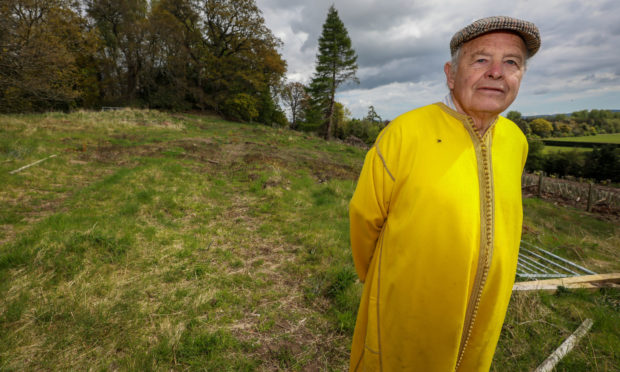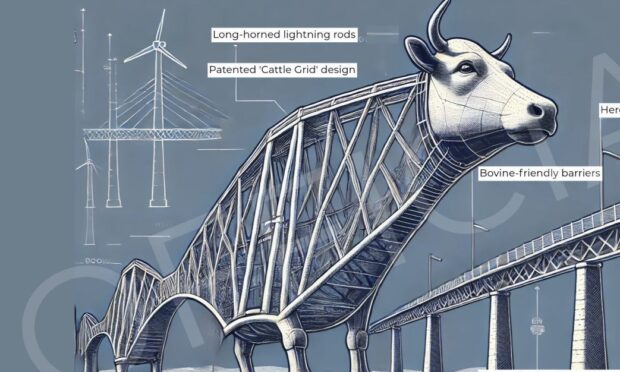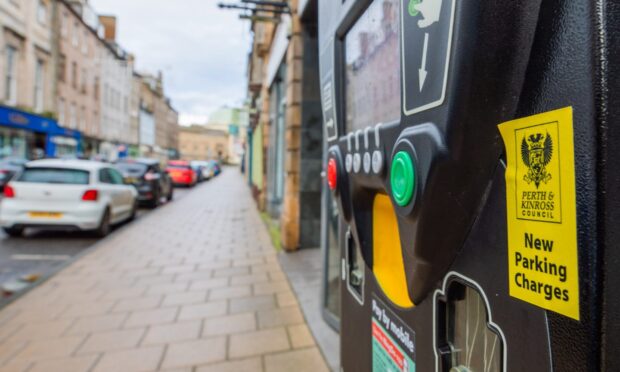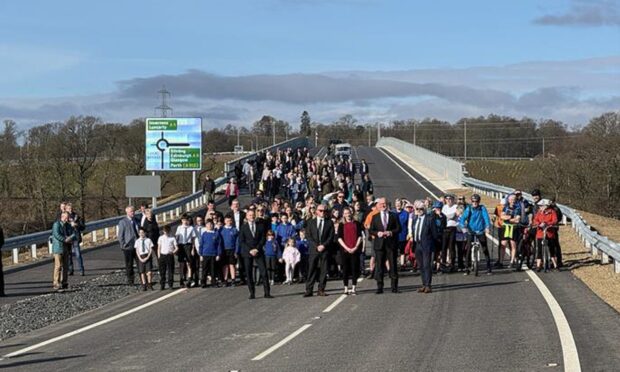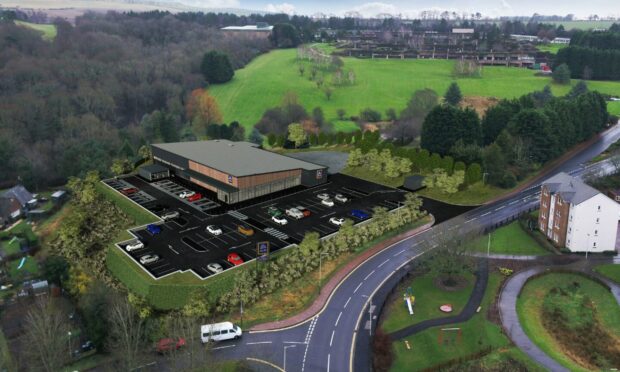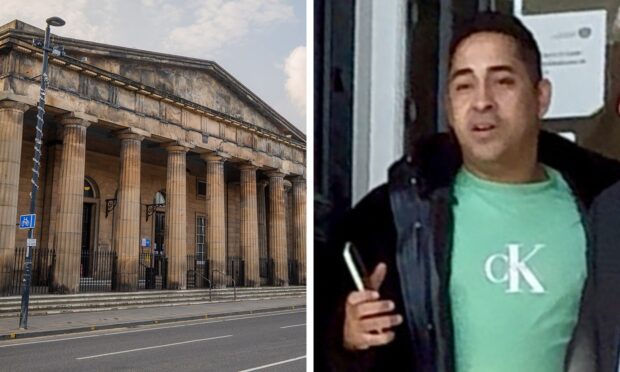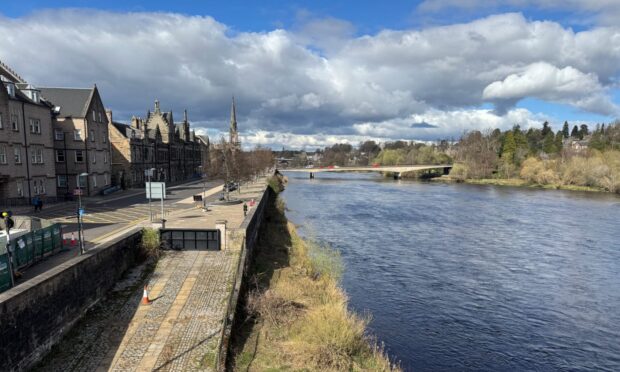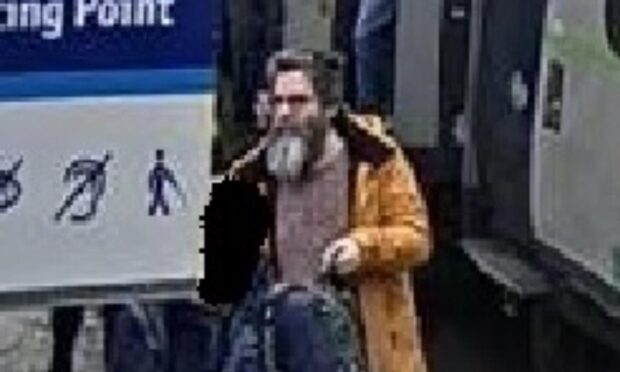The owner of an historic Perthshire castle has been forced to rethink plans to create a tomb-with-a-view cemetery on his estate.
Andrew Threipland submitted the unusual bid for more than 1,000 burial plots in woodlands near Fingask Castle home earlier this summer.
The plan included a semi-underground, candle lit chamber, where relatives could deposit the ashes of their loved ones.
If approved, it would be a rare example of a modern day barrow, similar to the round burial sites that were common in parts of Europe around 12,000 years ago.
Announcing his plan in early May, Mr Threipland said he wanted to offer a cemetery amongst “scenic rolling hills above the Carse of Gowrie” at an spot known as Witches Knowe Wood.
But his planning application has had to be withdrawn after council officers questioned how he had drawn the boundary.
The scheme had also attracted criticism from, amongst others, the Braes of the Carse Conservation Group.
Secretary Marilyn Webb raised concerns about how the plan could impact on surrounding roads.
“The narrow roads and lack of verges in the area make it unsuitable for hearses and processions of cars,” she said, calling for public footpath right-of-way routes to be protected.
“The council having promoted the Rait road and area a cycle and walker-friendly zone, it has now become very popular. Extra traffic, unfamiliar with the area, will therefore be dangerous for cyclists and people walking,” Ms Webb wrote.
Before it was taken off the table, Mr Threipland’s planning application had drawn five objections mainly about increased traffic and inadequate roads.
Mr Threipland confirmed that the plan had been withdrawn, but would be revised and re-submitted soon.
It was hoped the Fingask Castle plan would go some way to address a critical shortage of graves across Perth and Kinross.
Last year it emerged the council’s 17 graveyards were expected to reach capacity within five to 10 years’ time.
No traditional monuments would be erected at Witches Knowe, Mr Threipland said, but families would be welcome to leave concrete slabs with brass plaques to mark the lairs.
